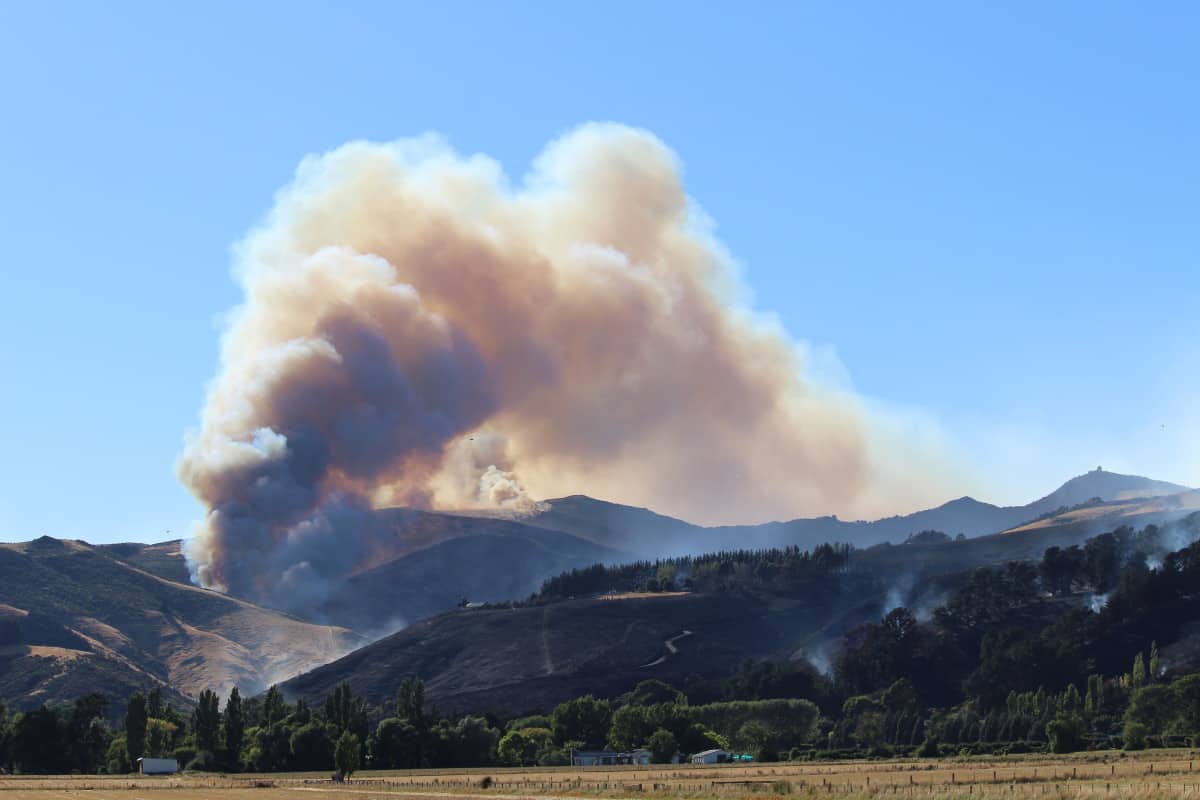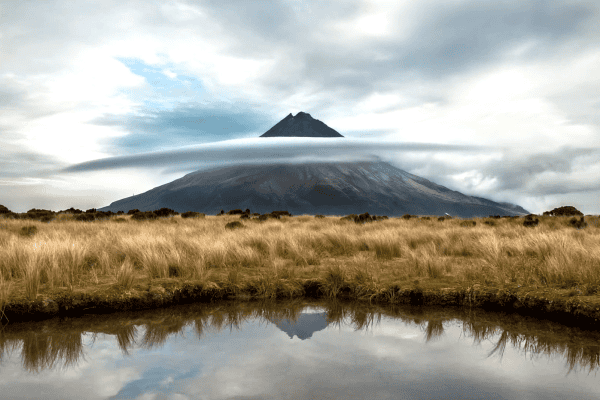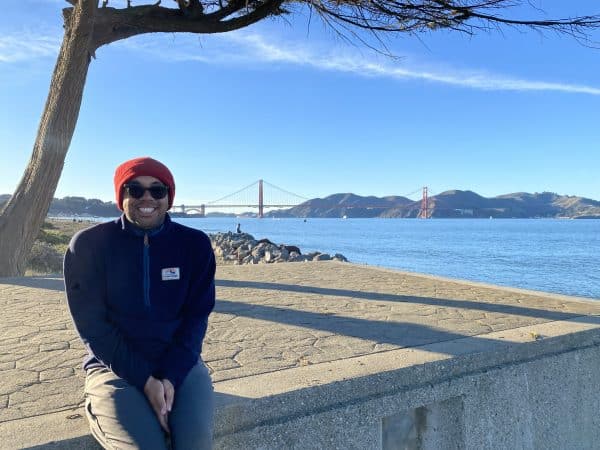Port Hills Fires
28/02/2017
By Lisa Langer
Extreme fire research is here
Catastrophic wildfires don’t just happen in Australia or other countries, or in rural areas near small towns. If you had asked the population of Christchurch which major disaster they feared most on 12 February 2017 the majority would have answered earthquakes or flooding. Wildfire would have been the last thing on the city’s collective mind.
Today the answer would be different. Two fires started on the Port Hills on 13 February, an atypical hot northeast wind saw the fires meet, turn and start to burn back and downhill towards Christchurch.

The Port Hills fire is an example of fire at the rural/urban interface. As New Zealand’s population grows and urban fringes spread, the line between city and country is blurring. The combinations of property and vegetation at the rural/urban interface, and the meeting of different land management styles exposes people and property to new and greater fire risks. The Christchurch experience shows how severely other communities around the country could be affected.
The recent fire was extreme, escalating suddenly, spreading rapidly and with high intensity, and above all, unpredictable. More extreme fires are likely with climate change bringing increasing temperatures and potential long term drought. Wildfire is also likely to affect greater areas of the population due to both population movement and the changes in climate and vegetation.
Scion, as an integral part of the Rural Co-Creation Laboratory, Resilience to Nature’s Challenges, is working with Challenge colleagues to co-develop community resilience initiatives to prepare communities for future wildfires and other natural hazard events. Scion’s Rural Fire Research Group is actively contributing to the Rural Laboratory’s Kaikōura case study to bring wildfire experience to the research team. In addition the Rural Fire Research team is studying rural communities in the Far North to evaluate rural wildfire risk awareness, safe use of fire, ways to mitigate it and how communities can prepare and develop resilience initiatives. Input is also being provided to integrate rural wildfire hazard risk assessment within a multi-hazard environment in the Hazard Toolbox programme.
Extreme fire behaviour is another focus of Scion fire research with work on improving existing fire behaviour prediction tools, satellite detection of fires, and new methods for detecting fire hot spots and containment breaches.
The outcomes and learnings from disasters like the recent Port Hills fire will help make the next, inevitable, disaster less devastating as well as contributing to our shared understanding of how people and communities experience disasters, and positive and develop resilient behaviours that can be fostered and enhanced.




